The eye doesn't measure.
It interprets.
We like to think our eyes tell us the truth. But in visual effects, truth becomes a story told through context.
And that changes everything about how we approach a shot.
𝟭. 𝗧𝗵𝗲 𝗣𝗼𝗻𝘇𝗼 𝗘𝗳𝗳𝗲𝗰𝘁
Take two identical lines.
Place them across a pair of converging rails, like a railway vanishing into the distance.
One line looks longer. But both are exactly the same size.
Your brain assumes that objects farther away must be physically larger to project the same retinal image. So your perception auto-corrects what you see.
The Ponzo illusion proves that context overrides measurement.
𝟮. 𝗪𝗵𝗲𝗿𝗲 𝗬𝗼𝘂 𝗦𝗲𝗲 𝗧𝗵𝗶𝘀 𝗶𝗻 𝗖𝗼𝗺𝗽𝗼𝘀𝗶𝘁𝗶𝗻𝗴
This illusion can live in your comp.
Put two digital doubles on a plate with strong perspective lines. The rear figure will always feel off.
Even when your matchmove is mathematically perfect.
(and I mean perfect)
Your audience's brain will disagree. Their visual system trusts context over precision.
𝟯. 𝗪𝗵𝗮𝘁 𝗧𝗵𝗶𝘀 𝗧𝗲𝗮𝗰𝗵𝗲𝘀 𝗨𝘀
Believability wins. You cheat scale. You bend perspective. You nudge elements into harmony with what the brain expects to see, not what the math says should be there.
Optical illusions remind us of the invisible dialogue between seeing and believing.
The compositor's job is to choreograph that interpretation.

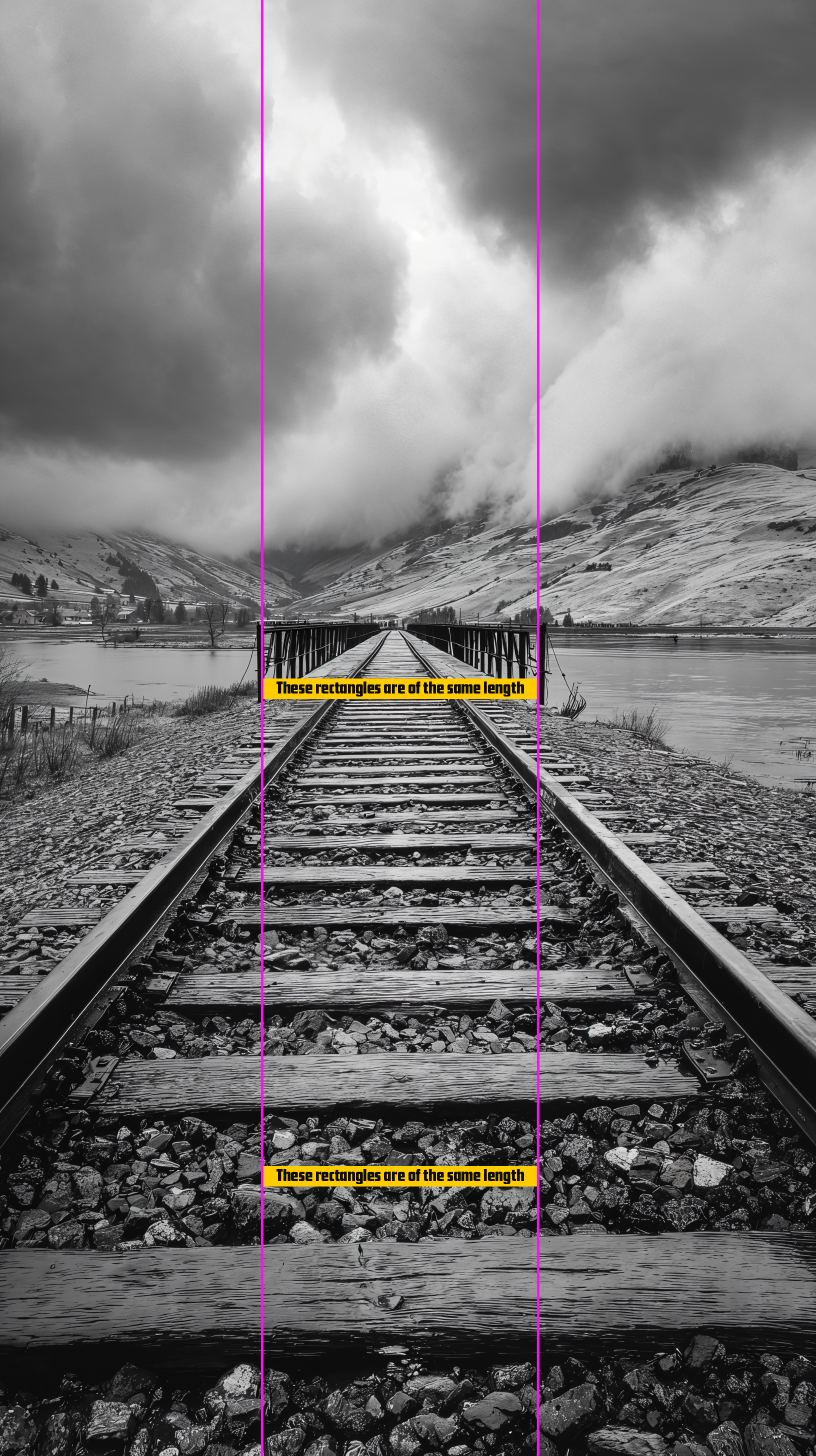
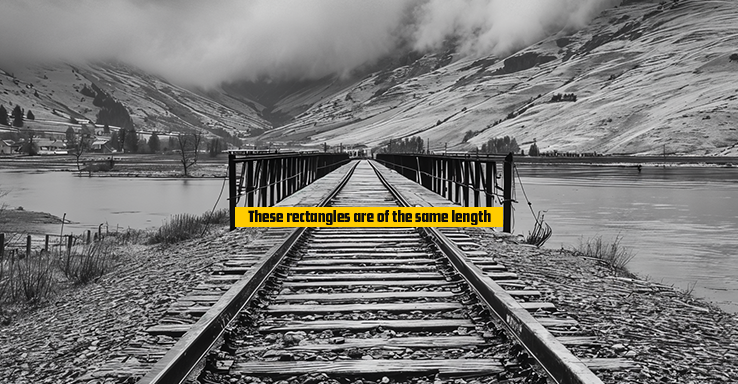


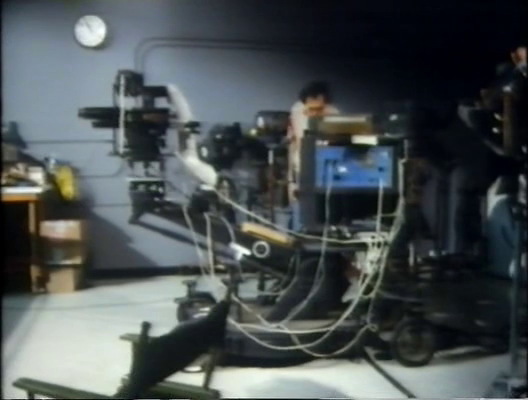

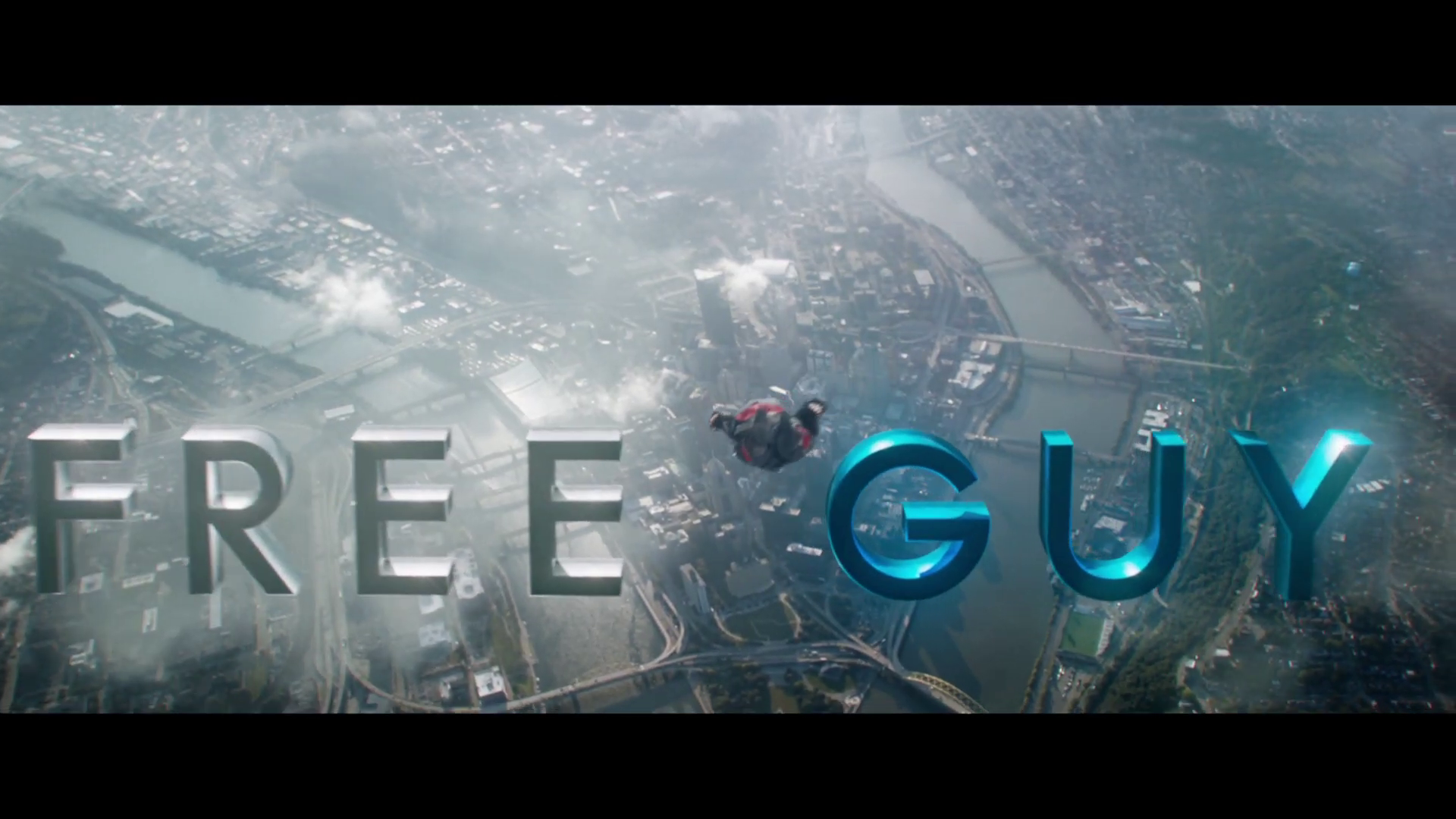


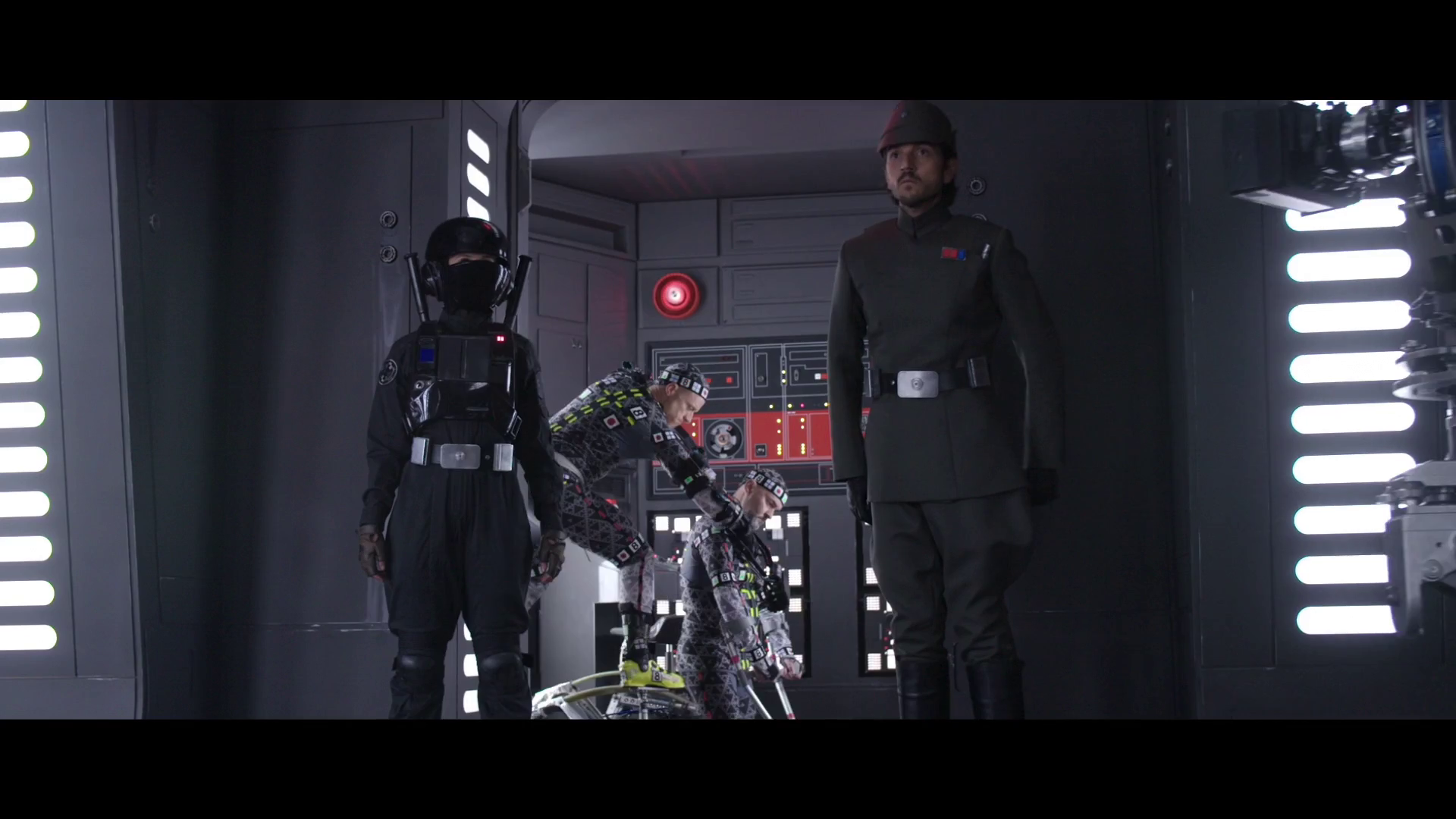
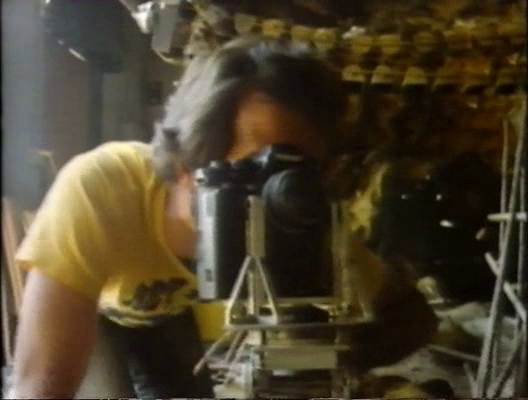



Discussion